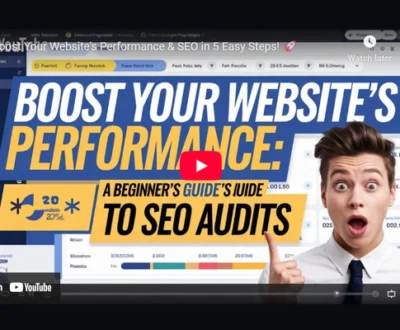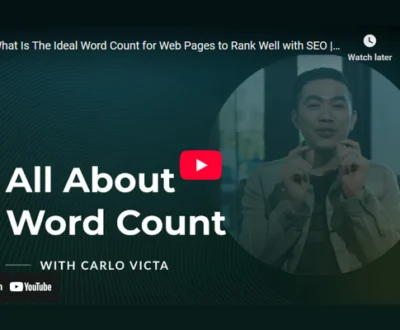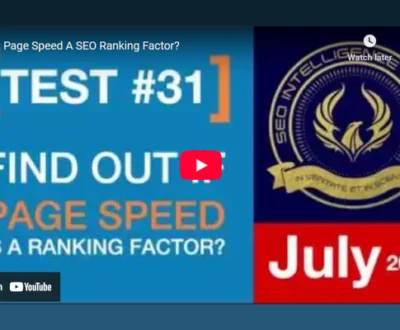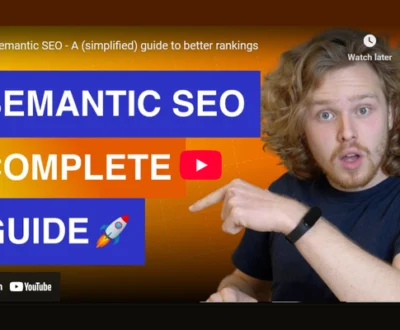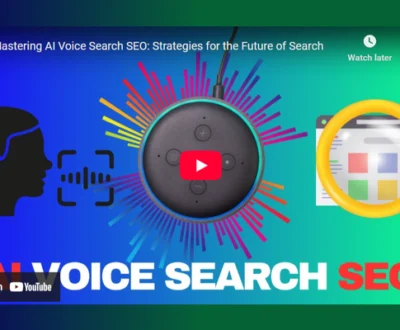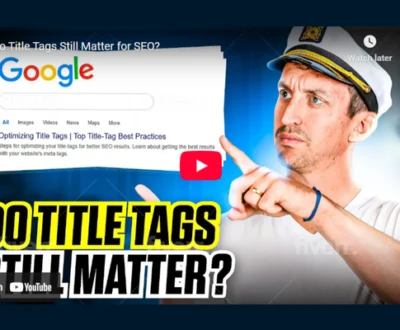I’ve found that Google’s algorithms want on-page content that shows clear expertise and matches exactly what users are searching for. Your content should be original, accurate, and organized with proper headers to guide readers easily. Technical basics like fast loading, mobile-friendly design, and HTTPS matter a lot too. Plus, building trust with clear contact info and credible sources helps boost authority. Keep these in mind, and you’ll understand how to make your content rank better and satisfy visitors effectively.
- Key Takeaways
- Understanding Content Quality and Relevance
- Aligning Content With Search Intent and User Behavior
- Implementing Essential Technical Optimization
- Structuring and Formatting Content for Better Visibility
- Building Trust and Authority Through On-Page Elements
- Frequently Asked Questions
- How Often Does Google Update Its Core Ranking Algorithms?
- What Role Does User Location Play in On-Page Content Ranking?
- Can Voice Search Optimization Impact On-Page Content Effectiveness?
- How Does Google Handle Duplicate Content on a Single Page?
- Are There Penalties for Keyword Stuffing in Meta Descriptions?
- Final Thoughts
Key Takeaways
- Google prioritizes content that demonstrates expertise, trustworthiness, and accuracy with original and well-researched information.
- Content must align with user search intent by addressing specific informational or commercial needs clearly and relevantly.
- Proper use of headers (H1-H6) and logical formatting improves content hierarchy and readability for both users and search engines.
- Fast page speed, mobile optimization, HTTPS security, and organized site structure are essential technical factors for ranking.
- Trust and authority are reinforced through transparent author credentials, verified reviews, and regularly updated, data-backed content.
Understanding Content Quality and Relevance
Although many factors influence how Google evaluates web content, understanding content quality and relevance is fundamental to improving search rankings.
When I talk about content evaluation, I focus on how Google measures trustworthiness, expertise, and accuracy. These elements form the backbone of quality, especially for sensitive topics like health or finance.
Google’s algorithms don’t just scan keywords; they assess the depth and originality of content, as well as user engagement signals such as time spent on the page and interaction rates. Ensuring content is transparent and supported by authoritative sources helps build trust, which is critical for ranking well. It is also important to consider user engagement metrics like goodClicks and badClicks, as these influence rankings significantly.
Additionally, fresh content that addresses a user’s query clearly tends to perform better. By prioritizing these aspects, I can create content that aligns with Google’s standards, improving visibility and usefulness for readers without simply targeting keywords.
This thoughtful approach to both quality and relevance is key to successful content evaluation.
Aligning Content With Search Intent and User Behavior
How can aligning content with search intent and user behavior boost your website’s performance? When your content matches the search patterns users follow, it satisfies their underlying needs, which Google recognizes as relevant.
By understanding user expectations, you create pages that directly answer questions or solve problems, leading to higher engagement. For instance, if users seek informational content, blogs or how-to guides work best. Commercial or transactional intent calls for product pages or comparisons. Recognizing the types of search intent allows marketers to tailor content more precisely to user goals.
Paying attention to user behavior—like click-through rates and time spent on your page—helps you adjust content to keep visitors engaged and reduce bounce rates. Google’s algorithms, updated with tools like BERT, increasingly interpret these signals to rank content that aligns with both intent and behavior.
Consequently, tailoring your content type, format, and tone to fit what users expect leads to better rankings and more satisfied visitors, making your website more effective overall.
Implementing Essential Technical Optimization
When I focus on implementing essential technical optimization, I make certain the website’s structure supports both search engines and users effectively.
First, I address crawl issues by organizing the site architecture logically and using XML sitemaps, which helps search engines discover content efficiently.
Mobile optimization is also vital; I guarantee responsive design and readable fonts to improve user accessibility on all devices.
Site performance directly impacts user experience, so I optimize page speed by compressing images, minifying code, and using browser caching.
Regular security audits are another key step, as securing the site with HTTPS builds trust and protects against vulnerabilities.
By combining these strategies, the website becomes easier to index, loads quickly, and remains secure.
This attention to technical detail not only helps search engines understand the site better but also provides visitors with a smooth, accessible, and safe browsing experience, aligning perfectly with what Google’s algorithms expect from on-page content.
Structuring and Formatting Content for Better Visibility
Since well-structured content helps both search engines and users navigate information efficiently, I prioritize organizing pages with clear headers and logical formatting. Establishing a strong content hierarchy is essential; I use H1 for primary keywords and follow with H2 to H6 for subtopics, avoiding skipped heading levels. Header optimization means placing relevant keywords near the start of headers and including secondary keywords to deepen topical relevance. Breaking long sections into smaller parts with descriptive headers improves scannability, making the page easier to read and index.
Here’s a simple table to illustrate header roles in content hierarchy:
| Header Level | Purpose | Keyword Strategy |
|---|---|---|
| H1 | Main topic | Primary keyword front-loaded |
| H2 | Major subtopics | Secondary keywords |
| H3 | Detailed subsections | Semantic variants |
| H4 | Further breakdowns | Related terms |
| H5-H6 | Fine details or notes | Supportive keywords |
Following this approach helps Google understand and rank content better.
Building Trust and Authority Through On-Page Elements
Although content quality plays a significant role in search rankings, building trust and authority through on-page elements is equally important for both users and Google’s algorithms.
Trust signals like HTTPS encryption, visible security badges, and clear contact information immediately reassure visitors about site safety and legitimacy. Incorporating testimonials, verified reviews, and social proof further strengthens credibility.
Authority markers include author bios with credentials, citations from reputable sources, and backlinks from high-authority domains. Regularly updated, data-driven content with thorough coverage also demonstrates expertise.
Technical elements such as fast page loading, schema markup, and mobile responsiveness enhance user experience and signal professionalism. Transparent policies and broken link audits reduce hesitation and maintain crawler confidence.
Together, these on-page trust signals and authority markers create a reliable, authoritative presence that satisfies Google’s E-A-T guidelines and improves search visibility.
Frequently Asked Questions
How Often Does Google Update Its Core Ranking Algorithms?
I know Google rolls out core updates about 3-4 times a year, tweaking ranking factors each time. These updates aim to improve search results, so it’s smart to monitor how your content performs after each one.
What Role Does User Location Play in On-Page Content Ranking?
Think of user location as the compass guiding local SEO efforts. I’ve seen how user behavior tweaks on-page content, making it fit local searches better, which boosts rankings and connects businesses with their community in meaningful ways.
Can Voice Search Optimization Impact On-Page Content Effectiveness?
I believe voice search trends shape on-page content effectiveness by encouraging conversational queries. When I optimize for natural, question-based language, my content becomes more engaging and accessible, improving how users find and interact with it.
How Does Google Handle Duplicate Content on a Single Page?
Did you know 25-30% of web content is duplicated? Google handles duplicate content on a single page by prioritizing content originality, often ignoring repeated sections to focus on unique, valuable information for better ranking and user experience.
Are There Penalties for Keyword Stuffing in Meta Descriptions?
I don’t think Google directly penalizes keyword stuffing in meta descriptions anymore, but focusing on keyword relevance and meta description optimization helps improve readability and click-through rates, so avoid stuffing to keep your content user-friendly and effective.
Final Thoughts
To meet Google’s goals, you must master meaningful, meticulous content that matches user motives and maximizes engagement. Clear, concise structure supports seamless scanning, while technical tweaks tackle speed and accessibility. Trustworthy tags and timely updates teach algorithms to treasure your page. By balancing quality with careful coding, you build a better browsing experience that boosts visibility. Remember, consistent content clarity and credible cues create a compelling combination that keeps your site competitive and current.
Windee Tan is a seasoned SEO Specialist with over a decade of experience helping businesses grow their organic visibility through data-driven strategies. He specializes in technical SEO, content optimization, and local search, with deep knowledge of tools like GA4, GSC, SEMrush, and Screaming Frog. Windee is passionate about translating complex SEO insights into practical tactics that drive real-world results. When he's not auditing sites or crafting keyword strategies, he’s exploring the latest trends in AI, digital marketing, and productivity.
About this blog
We are a digital marketing company with a focus on helping our customers achieve great results across several key areas.
Request a free quote
We offer professional SEO services that help websites increase their organic search score drastically in order to compete for the highest rankings even when it comes to highly competitive keywords.
Subscribe to our newsletter!
More from our blog
See all postsRecent Posts
- Writing Clear Calls to Action That Boost On-Page SEO 21 August 2025
- Why Word Count Still Matters in On-Page SEO Today 20 August 2025
- Why Site Speed Is Critical for On-Page SEO Success 19 August 2025


